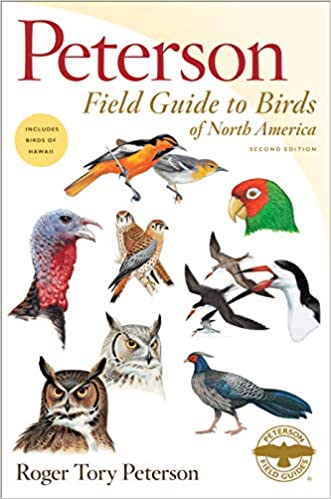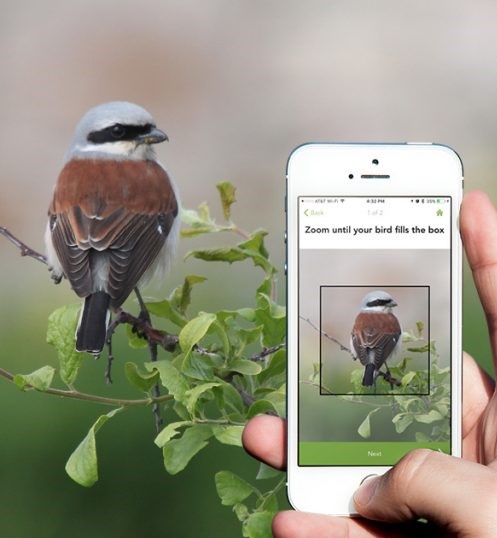Want to know how to birdwatch? If you’re a beginner birdwatcher, or “birder,” you’re in good company. In 2019, there were nearly 13 million birders in the United States alone. During the pandemic, that number exploded, as people young and old joined the ranks of avian fans. Why are so many people turning to this age-old hobby?
Why Birdwatching?

Birdwatching is popular because it’s fun, relaxing, and easy to do. People do it to commune with nature, learn about the environment and local wildlife, and improve their physical and mental health. What’s great about birdwatching is that it can be done anywhere, by anyone. Young and old can watch the birds at their backyard bird feeders, or enjoy a day hike or join a birdwatching trip with likeminded nature lovers. Alone, with family and friends, or in a group, birding is a pastime you won’t want to pass up.
Ready to begin? The good news is, you don’t have to know all the lingo or have any special gear to get started (though having tools like binoculars and a good field guide does make it much more enjoyable). You only need to follow these three simple steps to get started.
How to Birdwatch in 3 Steps:
Step 1: Pick a Good Birdwatching Spot

Knowing where the “regulars” hang out will determine which, and how many, birds you’ll see in a birdwatching outing. To see a wider variety of birds up close, you’ll need to find the right spots.
What to look for
Birds are always looking for the big four: food, water, shelter, and a good nesting spot. Finding a good birdwatching spot means going where those can be found. Often, this means looking for a spot near water, or where two habitats meet. And if you want to see a wider variety of birds, vary your birding spots. Some birds prefer open fields, while other prefer thick forests and other environments. You also may wish to visit at different times of the day, like early morning and twilight, and in different seasons.
Best birdwatching spots in Big Bear
If you’re a local or just passing through, you’re in a birder hotspot! Big Bear Lake is home to more than 250 bird species, many of which can’t be found anywhere else in the world. The lake and surrounding area is full of birdwatching spots, like:
- Big Bear Lake for Bald Eagles, Canadian Geese, White Pelicans, hawks, ducks, herons, egrets, and more.
- Bluff Lake for Red-winged Blackbirds, Gadwalls, Purple Finches, White-Headed Woodpeckers, and more.
- Sandalwood (Von’s) Marsh for Mallards, Western Tanagers, Marsh Wrens and more.
- Happy Hills Trail for Black Headed Grosbeaks, Steller’s Jays, Cooper’s Hawks and other bird species.
- Meadow’s Edge for American White Pelicans, Yellow-rumped Warblers, Violent-green Swallows and more.
- Knickerbocker Canyon for Acorn Woodpeckers, Brown Creepers, Mountain Chickadees and more.
Live local to Big Bear, or planning a visit? Chirp offers guided birding tours each month for free—check our Activities schedule for details on the next one.
Step 2: Learn How to ID Birds

When it comes to identifying birds, there are no better tools than your eyes and ears. Luckily, we’ve got bird guides and interactive apps to help you out too!
First, try to identify the bird by sight. Look at their size, shape, and color. Look for distinctive markings, like stripes, spots, and peaked heads. Pay attention their bill size and shape. And don’t forget to observe their behavior as well.
Second, listen to the noises they’re making. Are they trilling, hooting, singing, or clicking? What do their vocalizations sound like?

Third, note where you are when you see the bird. Taking note of the habitat can clue you in on what types of birds you’re seeing.
Fourth, take notes on all of the above. Be sure to include the date, time of day, and location of each bird sighting.
And last, check trusted sources for confirmation. This is where a good field guide, like the Peterson Field Guide Birds of North America, comes in handy. It includes illustrations and notes to help you get an exact bird ID. Also helpful: a bird identification app, like Merlin by the Cornell Lab of Ornithology or the Audubon Bird Guide app, which contains info and visuals on more than 800 North American bird species. Just have sound to go on? No problem—the Merlin app (dubbed the “Shazam for birds”) also lets you ID birds by song alone. Apps like BirdGenie and BirdNET do the same.
Step 3: Report Your Findings
Want to help scientists track birds to fuel research, education, and conservation efforts? Report the birds you observe on a birding database like eBird*, accessible online or via mobile app. And you don’t even have to leave your backyard to participate in The Cornell Lab of Ornithology’s Project FeederWatch program. All you need is one or more bird feeders and access to their bird-tracker database.
*Don’t forget to tag the Chirp Nature Center on your eBird checklists!
Get Out There with Our Guide
Ready to go on a birdwatching adventure? First, pick up a copy of our free “Birdwatching Guide for Big Bear Lake” from the Chirp Nature Center. It includes a map of the Big Bear area and a list of the birds you’ll likely run into, as well as other tips for new, young, and advanced birders. Happy Birding!
*eBird app image courtesy of the Cornell Lab of Ornithology.




